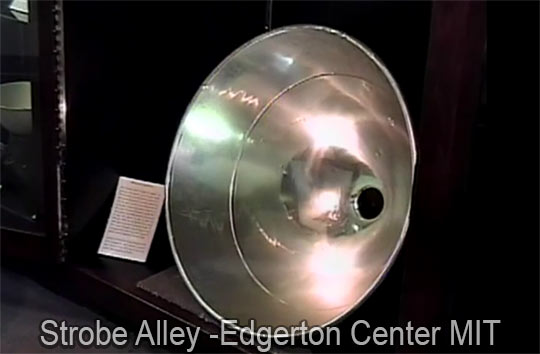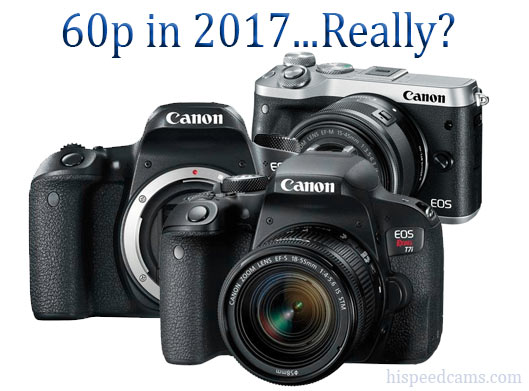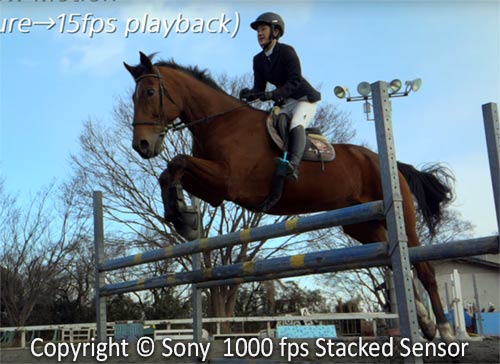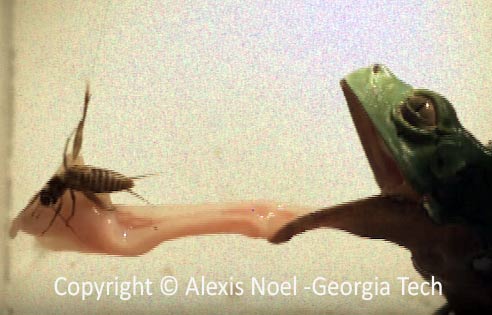Doc Edgerton was the scientist behind the modern high speed camera and imaging techniques. His experiments made slow motion and the possibility of freezing incredibly fast phenomena a possibility. The principles many decades later remain the same such as extreme amounts of light and ultra fast shutters along with a highly sensitive film or sensor for modern photo and video.
As a piece of history, Strobe Alley is a repository of technology and information from the early days of high speed and what it took to get us here. We found an old video that goes through the place with explanations about these aging strobes and gadgets. You can visit this place at MIT’s Edgerton center if you are ever there but you can also take a look through this footage.






